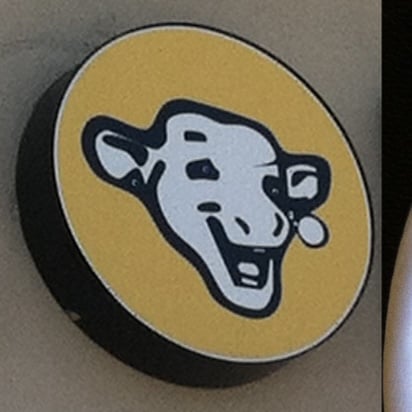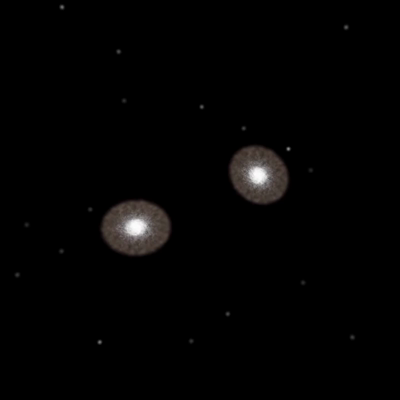More thank mildly interesting I think 😉
Agreed, all those stars, planets and mass smashing together at literally a galactic scale. I wonder about how many years over which the collisions take place. Like, is there enough time for life to evolve only to get unceremoniously pulverized into oblivion? It makes me think of the whale and the petunia.
Oh, almost nothing gets pulverized when galaxies collide! Our Milky Way galaxy is currently colliding with a couple of small satellite galaxies. There’s so much empty space between stars that almost none of the stars themselves impact.
It’s more a matter of the gravitational orbits of the stars inside the galaxies changing dramatically. But those changes caused by a galaxy merger take millions of years. Plenty of time for life to adapt.
The biggest danger to life would be the possibility of getting blasted by radiation, if you ended up too close to a supernova or something like that.
Considering it takes 230 million years for the sun to orbit the Milky Way one time, my amateur opinion is that what these images represent would take place over the course of a long fucking time.
As far as getting pulverized by the collision - that’s unlikely, as the stars are so far apart within each galaxy, it’s unlikely many, if any stars or planets would directly touch another. But I imagine all sorts of life would evolve and die off within that timeframe, all without the perspective to appreciate what’s happening at the cosmic scale.
This article has some photos of what the sky would look like when the Milky Way and Andromeda collide in 4-6 billion years, if that weren’t long after our atmosphere is boiled off by our own star: https://en.wikipedia.org/wiki/Andromeda–Milky_Way_collision
It’s really hard to overstate how massive the scales are of what we see here. What looks like two celestial bodies pulverizing each other are actually clouds of billions of stars that are largely light years apart from one another. The two clouds would pass right through each other, but the gravitational changes associated with being so close together alter the trajectories of their stars and thus the shape of the galaxies.
Most stars will end up as part of a new and larger elliptical galaxy, while some stars will be thrown off into space and become permanently galaxy-less
Is there a damthatsinteresting yet? Maybe woahdude.
There’s one on Lemmy.ml https://lemmy.ml/c/damnthatsinteresting It’s small at the moment.
I love stuff like this. Great post!




